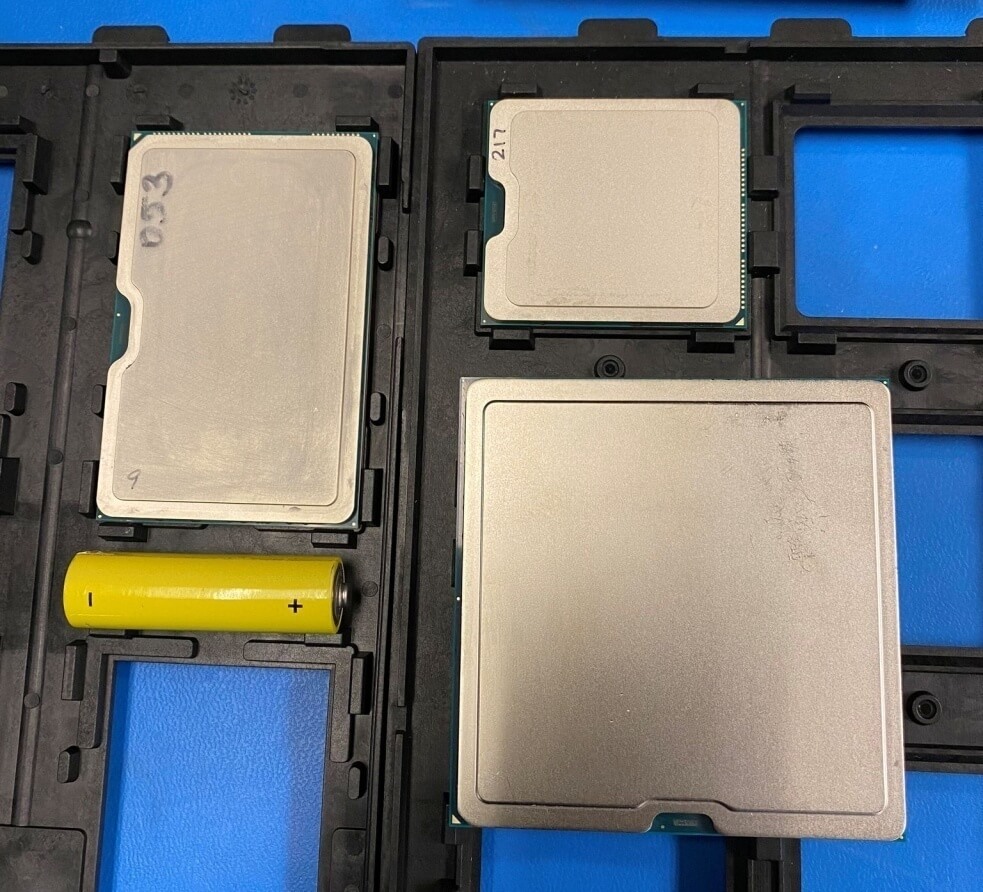According to Videocardz’s sources, Intel is expected to launch its first discrete gaming GPUs based on the XE-HPG GPU architecture in 2021. The company plans to target the enthusiast gaming market. It appears that Intel will be directly competing against AMD’s upcoming RDNA 2 and NVIDIA’s Ampere GPU lineup.
The XE-HPG architecture would be optimized for gaming, and Intel has been developing this sub-architecture since 2018. The XE-HPG is another category within the XE micro-architecture family, and it falls between the XE-LP and XE-HP sub-architecture, and will mostly target the ‘Gaming’ market segment (mid-range to enthusiast), which means it is going to be optimized for gaming.
According to Videocardz’s report, the XE-HPG arch was built upon three XE pillars: Xe-LP (Graphics Efficiency), Xe-HP (Scalability) and Xe-HPC (Compute Efficiency). These new chips should hopefully also support the GDDR6 memory type.
Intel also confirmed their XE-HPG series of cards will support hardware-accelerated ray tracing/RTX. Nvidia already introduced Ray tracing with its Turing GPU lineup two years back and AMD’s upcoming RDNA2-based cards are also going to leverage hardware-level RTX support. So it makes sense for Intel to also adopt this technology, though we don’t have any performance metrics of these new XE-HPG cards, to make a fair judgment against the Turing lineup.
These new XE-HPG gaming chips are currently being evaluated at Intel labs, and Intel plans to ship this GPU architecture next year, in 2021. Intel plans to take the MCM approach in which each chip will consist of several XE GPU tiles. The XE-HP lineup will support up to 2048 Execution Units, and there will be three variants featuring 1, 2 and 4 tiles. We expect the graphics device to be codenamed as ‘Arctic Sound’, which we have been hearing a lot in past rumors.
Intel used a demo to showcase the 1 to 4-tile scaling on this XE-HP GPU with 1300 MHz clock. Intel expects near-linear FP32 compute scaling for these multi-tile graphics processors. The XE-HP lineup will feature HBM memory. We have the following expected configuration/specs.
- Xe HP 1-Tile GPU:512 EU [4096 Cores, 10.6 TFLOPs at 1.3 GHz, 150W]
- Xe HP 2-Tile GPU:1024 EUs [8192 Cores, 21.2 at 1.3 GHz, TFLOPs, 300W]
- Xe HP 4-Tile GPU:2048 EUs [16,384 Cores, 42.3 TFLOPs at 1.3 GHz, 400W/500W]
Intel can also opt for a higher EU count for its XE-HPG gaming GPUs but this remains to be seen.

Hello, my name is NICK Richardson. I’m an avid PC and tech fan since the good old days of RIVA TNT2, and 3DFX interactive “Voodoo” gaming cards. I love playing mostly First-person shooters, and I’m a die-hard fan of this FPS genre, since the good ‘old Doom and Wolfenstein days.
MUSIC has always been my passion/roots, but I started gaming “casually” when I was young on Nvidia’s GeForce3 series of cards. I’m by no means an avid or a hardcore gamer though, but I just love stuff related to the PC, Games, and technology in general. I’ve been involved with many indie Metal bands worldwide, and have helped them promote their albums in record labels. I’m a very broad-minded down to earth guy. MUSIC is my inner expression, and soul.
Contact: Email

